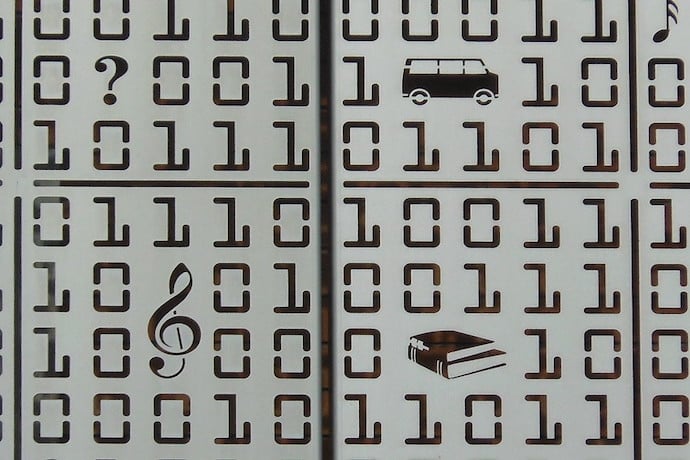The Internet can be a very strange place, which, of course, is why I love it. For example, I happened upon this puzzle A and its headline amused me: “Solve it means your IQ=180”. I’m smart but is my IQ really 180? And, who doesn’t want to find out they have an IQ of 180? If you don’t already know, IQ is short for Intellectual Quotient, a series of tests that measure human intelligence.
I don’t take IQ very seriously. Think about all the people like you and me that we meet every day—in school, at home, in sports and activities. Like them, some days we’re smart while other days we do dumb things. It’s how we learn. It’s human existence. That said, I did want to know if my IQ equals 180 by doing this puzzle.

No surprise, the puzzle was very easy to solve. If you can solve this puzzle, too, I’d guess you also have an IQ of 180, (according to the puzzle). Might as well go ahead and brag.
This got me looking online for similar puzzles. My first challenge was to find what these puzzles are called. Math-crostics? Math crosswords? Something else?
I didn’t find anything similar until I used Google’s Image search. On their main search page, click the Images link at the top right to display their Image Search page. Then in the search box, click the camera icon on the right side to display a popup that lets you select an image to search. You can download the IQ=180 puzzle from the Learn More links and search for more puzzles like it.
I then wondered how hard it would be to create my own puzzle; or for you to create your own math puzzles. As it turns out, these puzzles are very easy to create. If you’re bored this summer, it might be a fun challenge to try for yourself and with family and friends. All you need are a piece of paper and a pencil.

The first step is to study the IQ=180 puzzle design. (Figure A) Notice that there are 5 square blocks in each row or column: the 1st, 3rd, and 5th squares hold numbers. The 2nd square holds the math symbols for plus, minus, multiply, or divide. And the 4th square is the equality math symbol (=).

The examples in this article show how these puzzles are constructed. Squares 1 and 2 in both the vertical row and the horizontal row hold a two-digit number, 40 and 49. Squares 5 (Figure B) hold the “equals” math symbol. And the 3 (Figure C) squares hold the division math symbol.

The trick is to find where the equals math symbol is placed. As for solving what is in squares 2 and 3, multiply the loose number (square 4) by the result (square 6) to find what is in square 2.
In English, 8 times 5 equals what? 40.
The same dynamic holds true for the horizontal line of squares: What times 7 equals 49? 7! A good way to start is by writing out math equations. Put squares around each number and math symbol, and then erase numbers and math symbols as needed.
If you like these puzzles, search our magazine website for Bakuro puzzles which use binary numbers. Bakuro puzzles are from an article in Teaching London Computing, an organization in the UK that also has lots of other content you might find interesting.
Learn More
Bakuro Puzzles
https://teachinglondoncomputing.org/bakuro/

